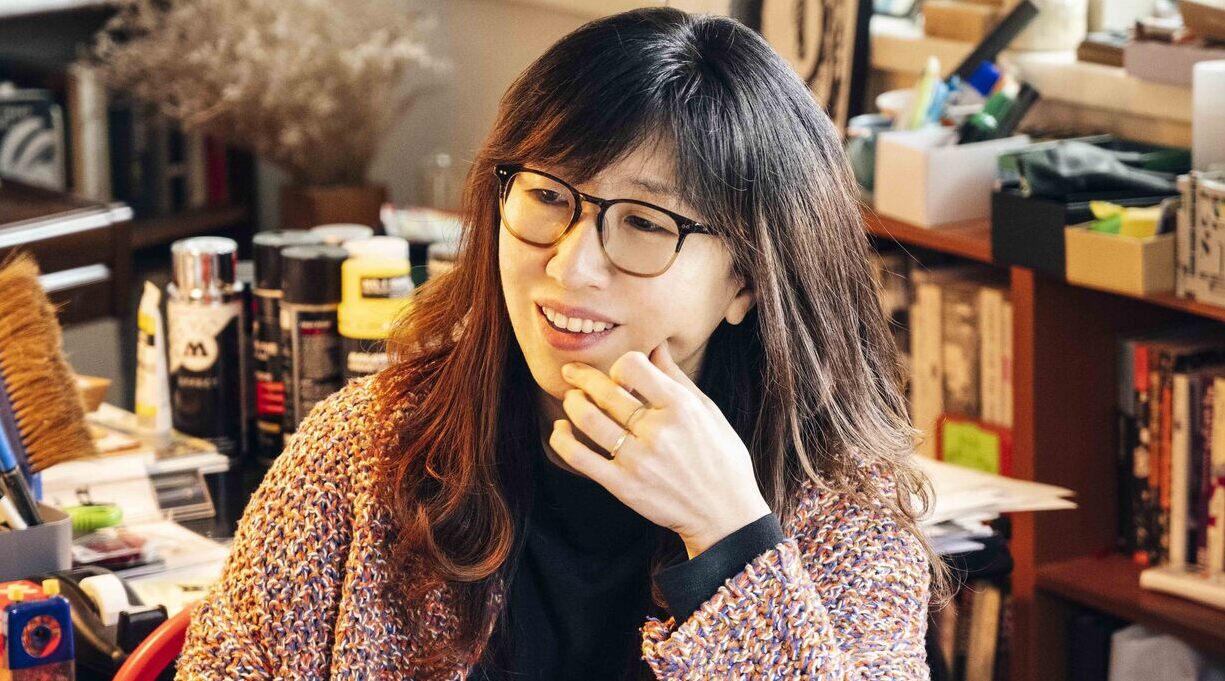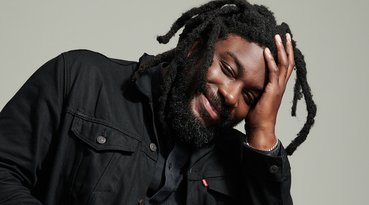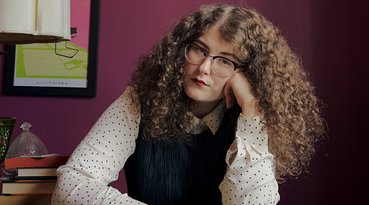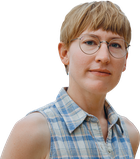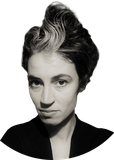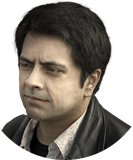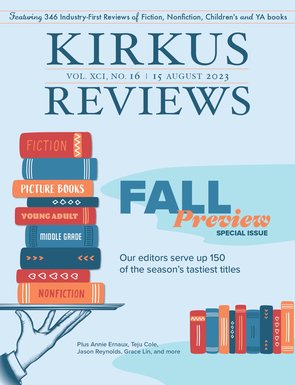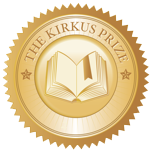Suzy Lee’s newest picture book, The Shade Tree (Aldana Libros/Greystone Kids, Sept. 5), translated from Korean by Helen Mixter, is “a gorgeous fable celebrating generosity and wit,” according to Kirkus’ starred review. Lee answered these questions via email, and her responses have been edited for length and clarity.
What influenced your visual choices for this book?
The poor and weak playing tricks on the rich and powerful is a classic motif in old folktales around the world. These are usually event-driven tales, with no backstory or inner description of the main characters. That’s why I silhouetted all the characters in this story without any physical description. It doesn’t matter where the young traveler comes from or what the rich man looks like. All that matters is that the young traveler has taken action against the rich man, who is greedy and treats the villagers badly. The limited color palette was used to make the silhouetted figures stand out more, and I tried to keep the traditional Korean mood with contemporary interpretations.
When you’re working on a book that you’re both writing and illustrating, what comes to you first—the idea for the text or the idea for the visuals?
It really depends on the project, but usually the images come first. I’m used to thinking visually. I make a series of images first, and then I go back and forth, creating some visual narratives, adding and subtracting images to make a story. The Shade Tree is a more interesting case. When I got to know this story, I immediately thought of the image of the endlessly long shade of the tree, which covers more than two pages of the book. I picked the physical book form first, and then I wrote the text to fill the specific format.
How would you describe your style as an illustrator?
 I call myself a “picture book artist” rather than an “illustrator.” In those words, everything I do is well explained: I make pictures, I make books, and I am an artist. I’m primarily interested in storytelling through the power of images, and I’m also interested in the form of a book, which is part of the story. And the term artist makes me feel that I’m dealing with the whole process of creating art. My style of making picture books is also closely related to this idea. My books Wave, Shadow, and Mirror are called the Border Trilogy because they all use the gutter of the book as a border between fantasy and reality. For children, reading books is also playing with books. I’ve been trying to create picture books that could enrich the reading experience by treating the book as an object with the power of visual storytelling.
I call myself a “picture book artist” rather than an “illustrator.” In those words, everything I do is well explained: I make pictures, I make books, and I am an artist. I’m primarily interested in storytelling through the power of images, and I’m also interested in the form of a book, which is part of the story. And the term artist makes me feel that I’m dealing with the whole process of creating art. My style of making picture books is also closely related to this idea. My books Wave, Shadow, and Mirror are called the Border Trilogy because they all use the gutter of the book as a border between fantasy and reality. For children, reading books is also playing with books. I’ve been trying to create picture books that could enrich the reading experience by treating the book as an object with the power of visual storytelling.
What are you working on now?
I just launched the new book White Porcelain Opposites at Seoul International Book Fair in Korea last month. This book is simply a dictionary of opposites, but I contrast the diversity of Korean white porcelain from the collection of the National Museum of Korea. Porcelains are just objects, but if you look at them with different eyes, they seem to be living beings with personalities: big and little, easygoing and picky, thrifty and generous, and so on. I’m also finishing an essay on my picture books. It will mainly be about the thoughts behind the picture books I’ve been making for over 20 years, but it will also be a tribute to my love for the picture-book genre in general. This essay will come out this fall in Korea.
Nina Palattella is the editorial assistant.



